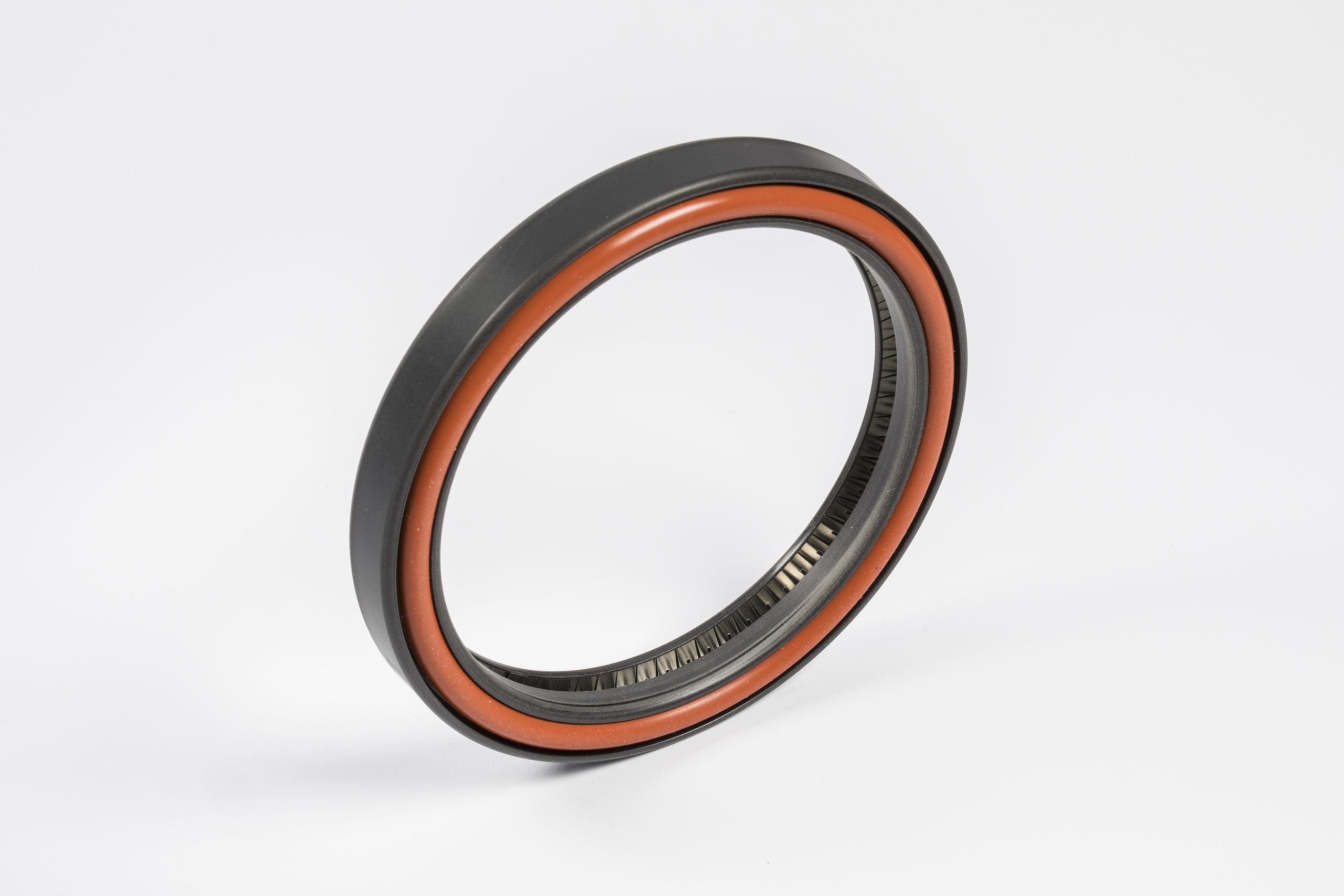FlexForce canted coil springs have special characteristics that make them useful in a variety of applications, ranging from locking components together in an orthopaedic implant to providing an energizer for mission critical aerospace applicants. In this blog post, we will introduce seven key facts about FlexForce canted coil springs that you need to know.
Are a Specific Design for Springs
Canted coil springs, also known as slant coil or cant coil springs, are springs that have the individual coils set at an angle to each other, rather than having them all parallel. This coil configuration significantly impacts the performance of these springs and makes them ideal for a wide range of uses.
What makes canted coil springs different from other types is the fact that they have a flat load curve when they are compressed. Because of this, canted coil springs generate predictable loads throughout their wide deflection range.
Can be Used as Mechanical Connectors
Canted coil springs are ideal for applications that involve latching, locking, or holding to connect two components (also known as detent mechanisms). Latching involves fastening two parts together so that they can still be disconnected when needed. Locking creates a permanent connection that can only be broken by damaging the sea. Holding, on the other hand, both retains and aligns parts and makes sliding possible via the controlled spring force.
Canted coils are commonly used to connect two mating surfaces in a highly predictable, repeatable fashion thanks to the flat load curve. When canted coil springs are used, the insertion/removal force can be engineered to a high degree of accuracy. And when used as a latching, locking, or holding connector, FlexForce canted coil springs provide a lightweight, high strength option that can be used for practically an infinite number of cycles.
Can Provide Exceptional EMI/RF Shielding
One of the common uses of canted coil springs is their ability to effectively provide EMI/RF shielding. Furthermore, the electrical properties of these springs can be customized to provide more optimal shielding against certain ranges of conductive and radiated interference.
Add to this the fact that they can adapt to irregular and uneven shapes to provide consistent shielding, and it is easy to see why they are a common choice for applications that need to be protected from harmful electromagnetic and radio frequency crosstalk interference.
Can Act as a Multiple Point Electrical Conductor
Some designs depend on multiple electrical contact points, which a canted coil can provide. Using a canted coil spring for electrical connections results in a reliable connection that results in a cooler operation temperature. It allows engineers to manage more power in compact spaces and provides both conducting and grounding capabilities in both static and dynamic applications. In addition, canted coil springs as electrical conductors can perform in some of the harshest operating environments that may involve vibration and shock. It should come as no surprise that canted coil conductors are often used in medical applications inside the human body.
Can be Used with Spring Energized Seals
Canted coil springs work extremely well as the energizer in spring-energized seals. Because of the energizer, spring energized seals are able to maintain contact with the sealing surface, even if issues such as out of roundness, uneven mating surface, runout, hardware gaps, eccentricity, or seal lip wear are present.
The flat load curve of these springs also means that friction stays fairly consistent in dynamic sealing applications. This makes them ideal for sealing situations that involve critical friction and torque specifications. In addition, canted coil springs are very unlikely to experience compression set.
Available With a Range of Options
There are several options for canted coil springs. They are available in varying levels of spring force: light, medium, and heavy. And canted coil springs come in both standard and custom sizes. As to the spring wire itself, they are available in wire diameters between 0.25 mm (0.010 inches) and 1.50 mm (0.059 inches). As to the coil width, they come in sizes ranging from 1.5 mm (0.039 inches) and 15 mm (0.591 inches). However, designs can be highly customized if needed.
Finally, the three most common wire materials are Hastelloy, stainless steel (usually 300 series), and copper alloys. For use as a conductor or EMI/RF shielding, stainless steel is recommended. For applications that involve high heat and corrosive media, Hastelloy and Elgiloy may be recommended. Also keep in mind that these canted coil springs can be obtained with nickel, silver, or gold plating.
Used in a Wide Range of Industries and Applications
Canted coil springs are being used in a diverse group of industries and applications, including oil & gas, renewable energy, aerospace, defense, fluid power, transportation, semiconductor manufacturing, and medical devices.
- As a mechanical connector, canted coil springs are often used to lock together frame assembly of a ventilator cart or to hold components together in wind turbines.
- As a multiple contact point conductor, canted coil spring assemblies are often used in active implantables such as pacemakers or neurotransmitters.
- As EMI/RF shielding, canted coil springs can be found in electrical enclosures or used with data transmission cables.
- As a part of a spring energized seal, canted coil springs are used in critical aerospace applications and dangerous petrochemical environments involving extreme heat and corrosive materials.
Conclusion
FlexForce canted coil springs can be used as detent mechanisms, EMI/RF shields, multipoint electrical conductors, and energizing springs in seals. They are available in a number of options and can be fully customized to meet user needs. In addition, their reliable performance has already been proven in number industries and applications. If you are interested in FlexForce canted coil springs, contact us at Advanced EMC today.


